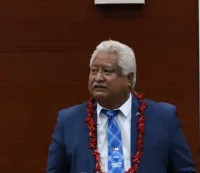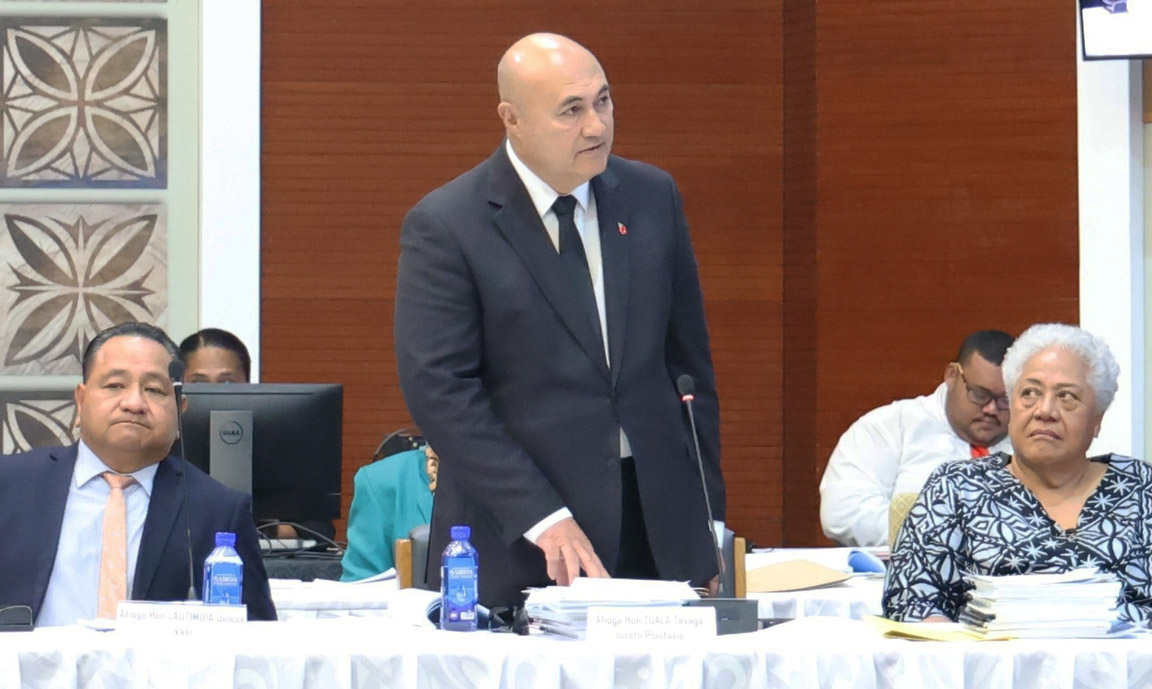
Member of Parliament for Sagaga No. 2, Maulolo Tavita Amosa, confirmed he will leave the Human Rights Protection Party (HRPP) once Parliament dissolves on June 3, rejecting comments made by HRPP leader Tuilaepa Sailele Malielegaoi as “very low” and “sad.”
In an interview with the Samoa Observer, Maulolo responded directly to Tuilaepa’s claim that while he remained in the party, his “mind was never in the party.”
“I disagree,” Maulolo said. “That was a very low comment [indeed] from the leader of HRPP,” Maulolo said. “It is sad that a leader like Tuilaepa would say that about his members. There is no justification for that. When I was there, I was devoted and I gave the best of myself right up until we had different views regarding the land and titles bill.”
He added that he had not received invitations to recent HRPP meetings.
Maulolo also called into question the party’s leadership, suggesting the HRPP should reflect on why members have continued to exit.
Maulolo said he is still officially a member of HRPP until Parliament is dissolved, but did not confirm whether he plans to join another party or form his own ahead of the upcoming snap election.
Maulolo said the decision to leave HRPP was not easy but ultimately came down to respect for his constituency and village leadership.
“I still feel for HRPP, but given the leadership [and that] I had to leave,” Maulolo said.
He said the final straw came after an altercation with HRPP secretary Lealailepule Rimoni Aiafi during a parliamentary session earlier this year, where Leala allegedly swore at him.
Maulolo said his village council discussed that he withdraw from HRPP after the party failed to issue and apology.



 Toggle Content
Toggle Content Toggle Content
Toggle Content






